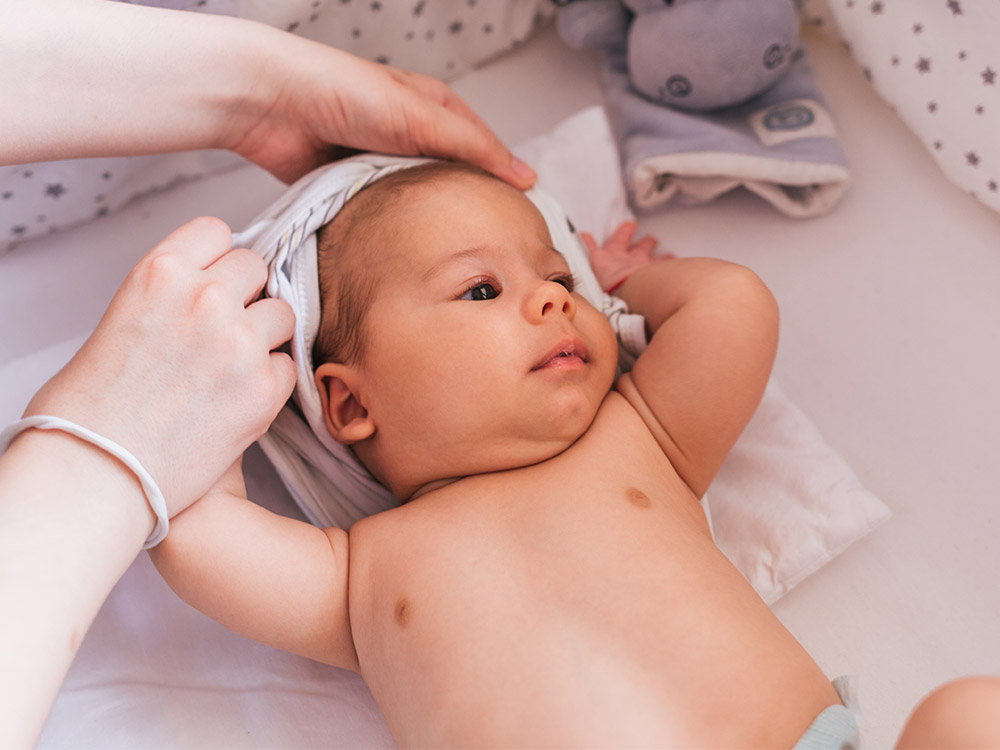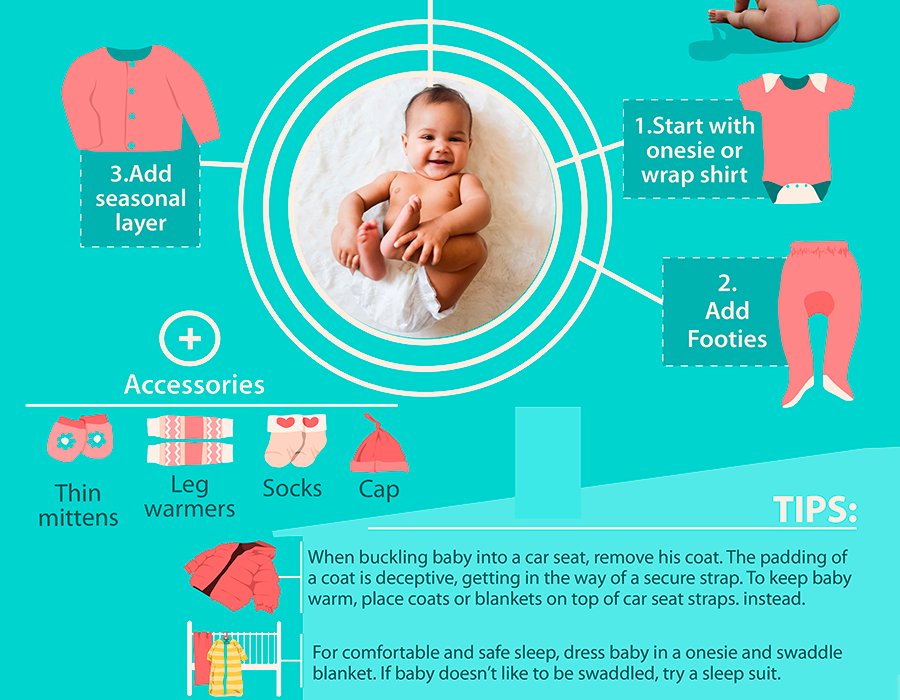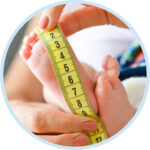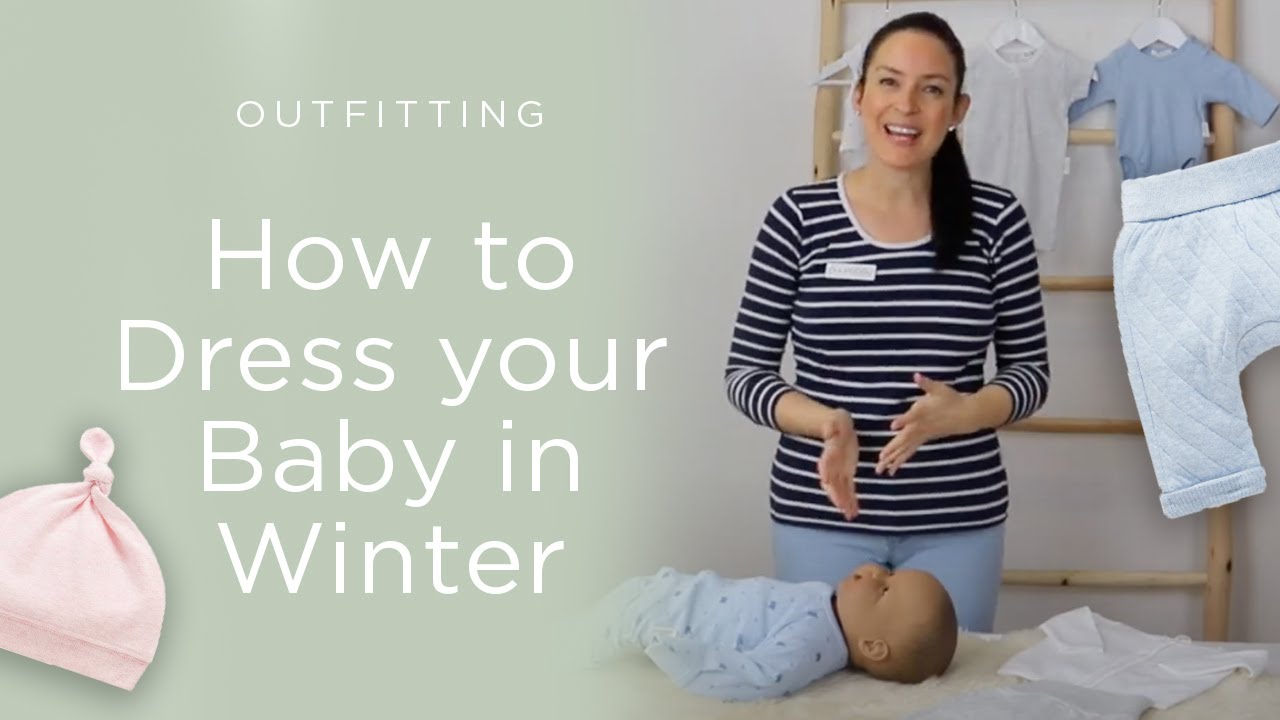Newborns typically wear newborn clothes for 2 to 4 weeks. This depends on their size and growth rate.
Welcoming a newborn brings joy and excitement. Parents often prepare by buying clothes. Newborn clothing can vary in size and style. Babies grow quickly, so understanding how long they fit into these clothes is essential. Most newborns outgrow this size within weeks.
Some may need larger sizes sooner, while others may fit longer. Choosing the right clothing helps keep your baby comfortable. Soft, easy-to-remove outfits are ideal for changing. As your baby grows, you will need to adjust their wardrobe. Knowing when to transition to larger sizes can save time and money. Keep an eye on your baby’s growth for the best fit.
Table of Contents
Introduction To Newborn Clothing Needs
Newborns typically wear newborn clothes for a short time. Many parents expect these clothes to last only a few weeks. Most babies grow quickly, often outgrowing them by two months. This rapid growth can surprise new parents.
Several factors influence how long newborns wear these clothes. Baby size at birth plays a big role. Some babies are larger or smaller than average. Growth rate also varies; some babies grow faster than others. Season can affect clothing choices too. Warmer months may require lighter fabrics.
Parents should consider buying a few size-up options. This ensures comfort and fit as the baby grows. Choosing adjustable clothing can also help. Always check for comfort and ease of dressing.
The Lifespan Of Newborn Clothes
Newborn clothes are designed for babies who weigh up to 10 pounds. Most babies wear these clothes for about 2 to 4 weeks. Many factors affect how long they fit. Babies grow quickly during the first month.
By the end of the first month, some babies may need larger sizes. It’s common for parents to buy a few extra outfits. This ensures comfort during the growth spurt.
Growth rate varies by baby. Some gain weight faster than others. Regularly check the fit of newborn clothes. This helps keep babies comfortable and happy.
Size And Fit For Newborn Apparel
Understanding newborn sizes helps parents choose the right clothes. Newborn clothes fit babies up to 21.5 inches long and 5-8 pounds in weight. This size is typically for babies aged 0-1 month.
Recognizing the signs of outgrowing clothes is important. Look for tightness around the neck or waist. If the fabric stretches too much, it may be time to size up.
Another sign is if the baby’s feet reach the end of the outfit. Sleepers and onesies should fit comfortably. If they become hard to button or snap, consider a larger size.
Seasonal Influences On Newborn Wardrobe
Newborns need clothes that fit the weather. For cold seasons, choose warm layers. Use onesies, sleepers, and hats to keep them cozy.
During hot weather, opt for lighter fabrics. Cotton is breathable and helps keep them cool. Short-sleeved bodysuits and light blankets work well.
Rotate the wardrobe with the changing seasons. Store outgrown clothes in bins. Keep a few essential items for easy access.
| Season | Recommended Clothing |
|---|---|
| Winter | Warm layers, hats, booties |
| Summer | Lightweight onesies, sun hats |
Frequency Of Clothing Changes
Newborns often need daily outfit changes. This is due to frequent spit-ups and spills. Babies can be messy, so expect to change clothes several times a day.
Spit-up can happen after feeding. It may soak their clothes quickly. Also, diaper leaks can create messes. Keeping extra outfits handy is a smart idea.
Soft, easy-to-change outfits are best. Look for clothes with snap buttons or zippers. This makes changes quicker and easier for caregivers.

Credit: www.sleepingbaby.com
Budgeting For Newborn Clothes
Budgeting for newborn clothes can be tricky but important. Focus on cost-effective shopping strategies to save money. Buy only essentials like onesies, sleep sacks, and hats. These items are often needed daily.
Consider shopping at discount stores or thrift shops. Many gently used clothes are available at lower prices. Look for sales and promotions at major retailers too. Stock up during these events for better savings.
Investing in essentials ensures your newborn has what they need without overspending. Choose versatile pieces that can be mixed and matched. This makes dressing easier and reduces the number of items needed.
Laundry Tips For Infant Garments
Newborn clothes need special care. Washing them often helps keep them clean. Aim to wash these garments every 3 to 5 days. This keeps them fresh for your baby.
Delicate fabrics require gentle handling. Use a mild detergent to avoid irritation. Cold water is best for washing. It helps maintain the fabric’s softness and color.
Always check the care labels before washing. Some items may need hand washing or air drying. Avoid using harsh chemicals that can harm the fabric.
Multipurpose Newborn Clothing
Convertible outfits are a great choice for newborns. They can change styles easily. This means you can use them for different occasions. Look for outfits that can be short-sleeved or long-sleeved. This will help keep your baby comfortable.
Layering techniques help manage temperature. Use a lightweight onesie as a base layer. Add a soft cardigan or jacket on colder days. This way, you can easily adjust your baby’s clothing. Use lightweight blankets for extra warmth. Choose breathable fabrics to keep your baby cozy.
Gifted And Hand-me-down Outfits
Newborns often receive many gifted and hand-me-down outfits. These clothes can be adorable and practical. Managing excess outfits helps keep things organized.
Start by sorting through the clothes. Keep the essentials and donate what you don’t need. This helps other families and makes space.
Incorporating sentimental pieces can be special. Family heirlooms or unique outfits hold memories. Choose a few to keep, and display them nicely.
Rotate through outfits to avoid overloading the closet. This ensures each piece gets its time to shine. Baby clothes are often temporary, so enjoy them while you can!
Storage Solutions For Outgrown Clothes
Storing outgrown clothes can be a fun task. Keepsakes hold memories for years. Use clear bins to keep items visible. Label each bin with sizes and dates. This makes finding clothes easier.
For future siblings, store clothes by age or season. Baby clothes can be reused, saving money. Consider keeping special outfits for sentimental value. Vacuum-sealed bags save space and protect fabrics.
Organizing clothes helps keep your home neat. Use shelves, bins, or drawers for easy access. Regularly check stored items for damage or wear. This ensures clothes remain in good condition for future use.
Navigating Growth Spurts
Newborns grow quickly, often outgrowing clothes in just weeks. Anticipating size changes helps parents choose the right sizes. Many babies wear newborn clothes for around 1 to 3 months. Growth spurts can happen suddenly, so it’s wise to have various sizes on hand.
Flexible wardrobe planning ensures that parents are ready. Consider buying a few larger sizes that can be worn later. Mix and match outfits can also be beneficial. Look for clothes that are easy to put on and take off.
Keeping tags on clothes allows for easy returns. Remember, comfort is key for newborns. Soft fabrics and stretchy materials help babies feel secure.

Credit: www.gerberchildrenswear.com
Comfort And Functionality
Newborns need clothes that are both comfortable and functional. Soft fabrics help protect their delicate skin. Look for clothes that allow for easy movement. Stretchy materials are great for this purpose.
Balancing style and comfort is important. Parents want their babies to look cute. Choose outfits that are easy to put on and take off. Snap buttons and zippers can make dressing simpler.
Ease of dressing is key for busy parents. Elastic waistbands help with quick changes. Avoid clothes with too many layers. Simple designs keep dressing time short and stress-free.
Health And Safety Considerations
Choosing hypoallergenic materials for newborn clothes is very important. Babies have sensitive skin that can easily react to harsh fabrics. Soft, natural fibers like cotton are ideal. They allow the skin to breathe and reduce irritation.
Look for clothes labeled as hypoallergenic. These fabrics are made to minimize allergic reactions. Always check for certifications that ensure safety and quality.
Avoiding choking hazards is crucial when selecting baby clothes. Ensure buttons and embellishments are securely attached. Choose clothes without small parts that can be a choking risk. Always inspect clothes for loose threads or small items.
Consider safety features like snap closures instead of buttons. This keeps clothing secure and minimizes risks. Keep your little one safe while ensuring comfort.
Conclusion: Embracing The Growth Journey
Newborns grow very quickly. They usually wear newborn clothes for just a few weeks. Most babies outgrow these outfits within the first month. Some may fit into them for up to three months. Size can depend on the baby’s weight and height.
Milestones are exciting during this time. Babies reach new stages every day. Parents should celebrate each growth moment. Keeping track of these changes helps with future clothing choices.
Preparing for the next stages is important. Choosing the right size can save money. Always check the size charts. Look for clothes that are easy to put on and take off.

Credit: raisingchildren.net.au
Frequently Asked Questions
How Long Do Newborns Wear Newborn Clothes?
Newborns typically wear newborn clothes for 2 to 4 weeks, depending on their size and growth rate.
What Size Is Considered Newborn Clothing?
Newborn clothing is designed for babies weighing up to 8. 5 pounds and measuring around 21 inches long.
How Many Newborn Outfits Do I Need?
Having 5 to 10 newborn outfits is sufficient to cover daily changes and laundry needs.
Should I Buy Newborn Clothes In Advance?
Buying newborn clothes in advance is wise, but consider the baby’s expected size and growth spurts.
What Should I Look For In Newborn Clothes?
Choose soft fabrics, easy closures, and enough room for movement to ensure comfort for your newborn.
Conclusion
Newborns usually wear newborn clothes for about 2 to 3 months. Each baby grows at their own pace. It’s important to check the fit regularly. If clothes are too tight, it’s time to size up. Enjoy dressing your little one as they grow.
Happy parenting!







